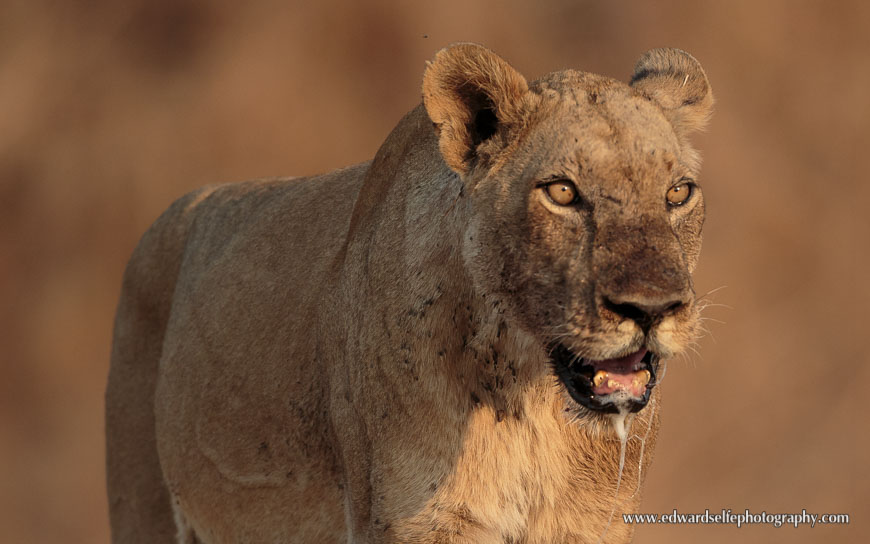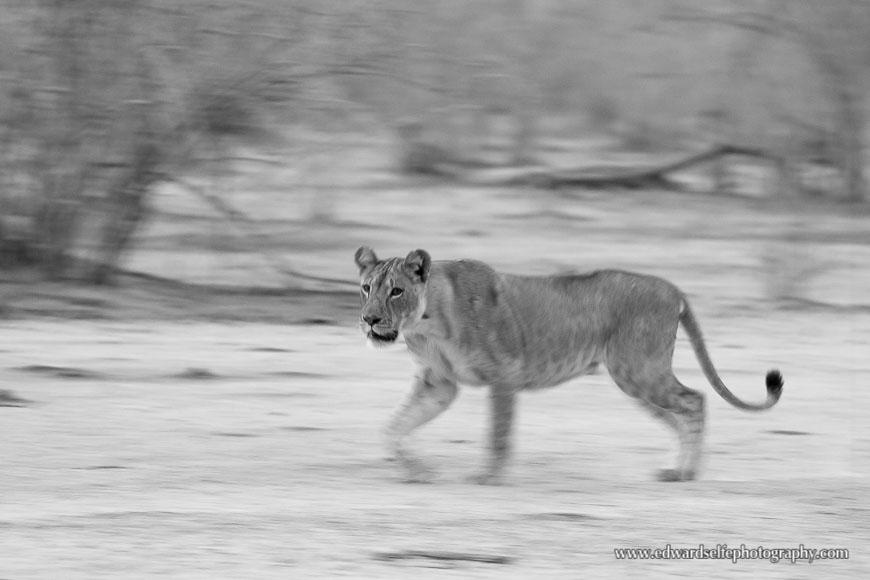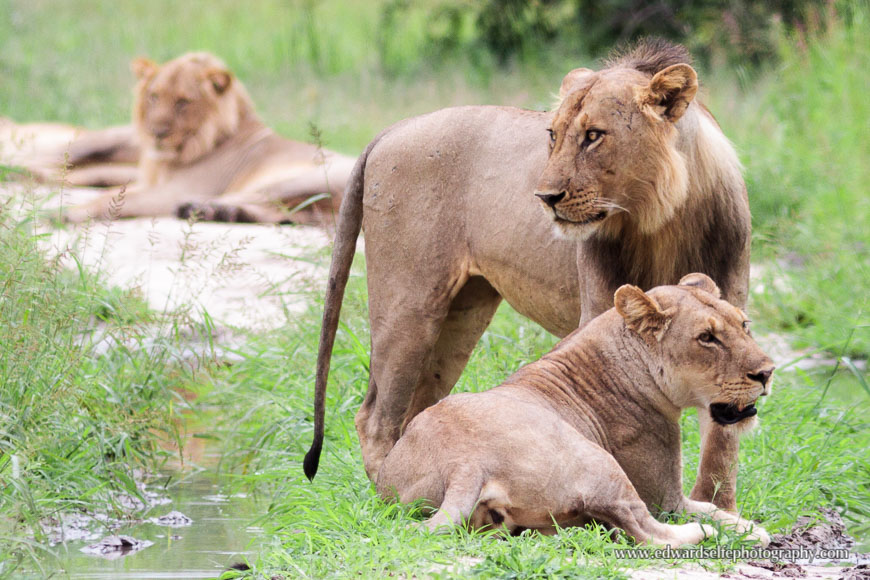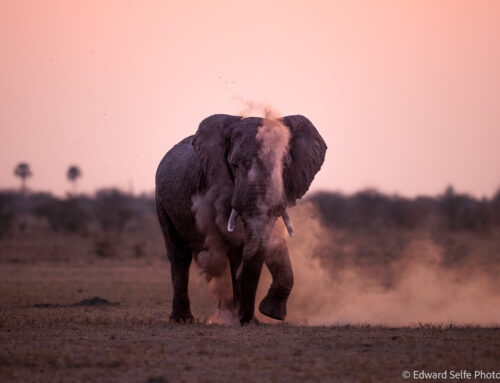It’s question that I am regularly asked: “Why is my image soft?”. It’s actually a good question, as it opens up a discussion about factors that affect how clear and sharp the details of your subject are in your final image.
But before addressing the causes of ‘soft’ images, we need to ensure that we have correctly identified the type of softness in our image. There are 3 types:
1. Softness due to incorrect focus – which I call missed focus.
2. Softness due to subject or camera movements – which I call blur.
3. Softness due to lens imperfections or external conditions – which I call sharpness.
These three factors all cause the image to look soft, but for different reasons. They can be differentiated with careful examination of your final image. Let’s take each in turn:
1. Missed focus – to identify missed focus, look to see whether there is another area of your image which is sharper and contains more visible detail than your focus point. If so, it may be that you (or your camera) have missed focus and a point in front or behind your preferred point is in sharp focus. (We will look at why later.)
Take a look at this example here:

2. Blur – this will show up in your image as slight movement of your subject – details that should be single points (e.g. a highlight in an animal’s eye) will form a short line. It is likely that the whole image will be affected equally. In this situation, either the subject moved during the exposure, or you were not entirely steady and the camera shook slightly.

3. Sharpness – if neither Missed Focus or Blur are to blame for the softness of your image, you can consider your lens or external factors. Older, less expensive lenses do not perform as well as modern lenses, especially at extreme focal lengths (i.e. at 300mm on a 70-300mm lens). You might find that there is no movement blur evident in the detail, but that there is just a lack of sharpness throughout the image. This effect could be caused by less-good quality glass in the lens. Equally – and this is especially the case in hot climates such as the African savannah – it could be due to high temperatures which cause heat-haze between you and your subject.

So, having identified softness, narrowed it down to one of Focus, Blur or Sharpness, how do we avoid this happening in the future? That is the topic of our next blog post.
Any questions, please do ask in the comments section below!



